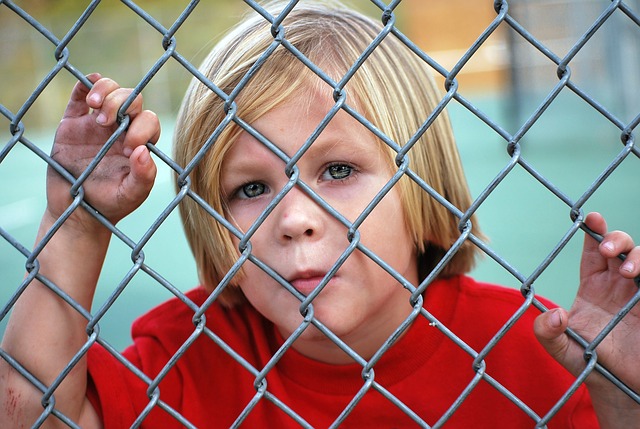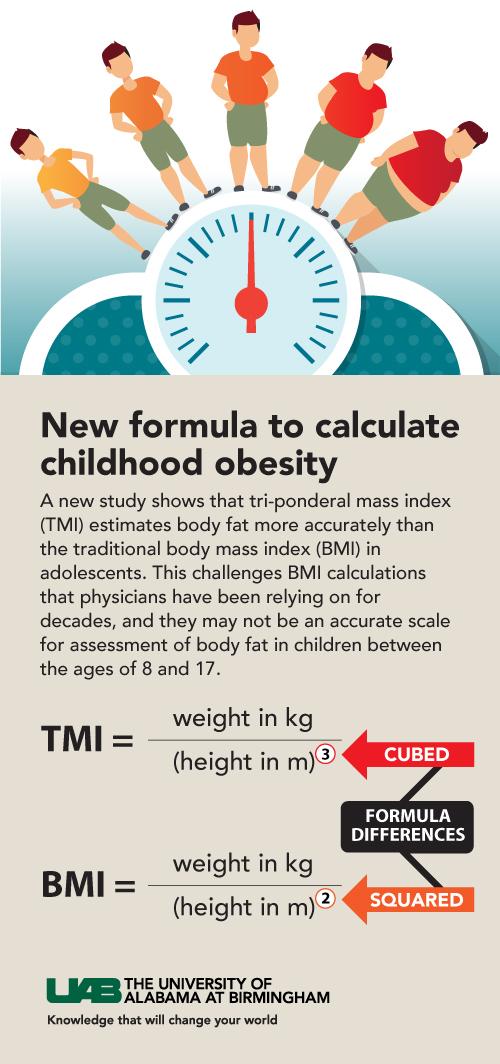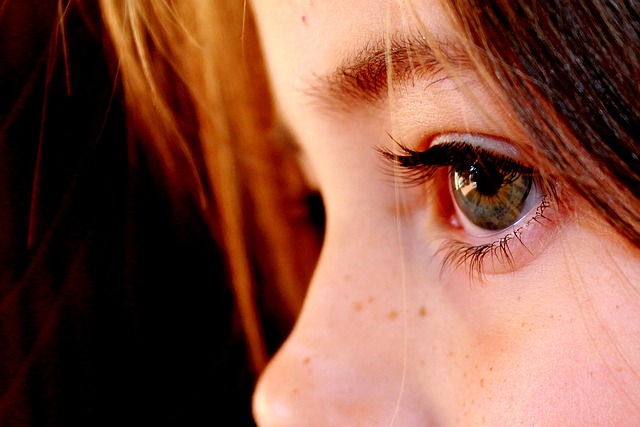Antipsychotic drugs prescribed to children and adolescents with disruptive behaviors, such as ADHD, schizophrenia or bipolar disorder, can cause Type 2 diabetes and obesity. Researcher says new findings should give us pause.

Today in JAMA Pediatrics, researchers from The Children’s Hospital of Philadelphia’s (CHOP) PolicyLab published the largest study to date documenting the significant risks to children’s health associated with prescription antipsychotics, a powerful a class of medications used to treat mental and behavioral health disorders.
The results suggest that initiating antipsychotics may elevate a child’s risk not only for significant weight gain, but also for Type II diabetes by nearly 50 percent; moreover, among children who are also receiving antidepressants, the risk may double.
Previous PolicyLab research showed that one in three youth receiving antidepressants in the Medicaid program were receiving an antipsychotic at the same time.
Traditionally, antipsychotics have been narrowly prescribed to children with a diagnosis of schizophrenia or bipolar disorder, or to those with significant developmental delays who were displaying aggressive behaviors that were potentially injurious to themselves or others.
Continue Reading Below ↓↓↓
However, in recent years, these medications are increasingly being prescribed in the absence of strong supporting safety and efficacy data to treat healthier children and adolescents with disruptive behaviors, such as those who are diagnosed with attention deficit hyperactivity disorder (ADHD).
The new study, which used national Medicaid data on more than 1.3 million youth ages 10 to 18 with a mental health diagnosis from the Centers for Medicare and Medicaid Services, must be interpreted in the context of emerging evidence that Medicaid-enrolled children are far more likely than privately insured children to be prescribed antipsychotic medications.
Overall, over 25 percent of Medicaid-enrolled children receiving prescription medications for behavioral problems were prescribed antipsychotics by 2008, largely for less severe disorders.
“With such vast numbers of children being exposed to these medications, the implications for potential long-lasting harm can be jarring,” said David Rubin, MD, MSCE, the study’s lead author and co-director of PolicyLab at CHOP.
Nevertheless, Rubin and his co-authors remain cautious in over-reacting to these findings. The baseline risk for diabetes among youth who were not exposed to antipsychotics in the study was only 1 in 400, rising to 1 in 260 among those initiating antipsychotics, and at most to 1 in 200 among those who initiated antipsychotics while they were simultaneously receiving antidepressants.
“Although these findings should certainly give us pause,” Dr. Rubin added, “we should not reflexively over-react to them. Rather, we need to incorporate these new revelations about the risk for diabetes into a more thoughtful consideration of the true risks and benefits of prescribing an antipsychotic to a child. Yes, we should try, by all means possible, to minimize the numbers of children and adolescents exposed to these powerful medications. But for some children in immediate crisis, we must also concede that the benefit of the antipsychotic for acute management may still outweigh the risk.”
The study’s authors recommend that clinicians and families who are making medication decisions periodically revisit the treatment strategy to address challenging behaviors. For example, when planning to prescribe antipsychotics to a child, professional organizations recommend beginning cautiously with the lowest dose possible, while strictly monitoring for early evidence of weight gain or abnormal lab tests that often predict later onset of diabetes.
Dr. Rubin, who is also an attending pediatrician at CHOP, notes, “Once a child is on the antipsychotic drug, a plan should be agreed upon and periodically revisited to see whether or not an evidence-based counseling service, such as trauma-focused cognitive therapy, could address underlying emotional trauma, which is often the root cause for the behavior. That same periodic review would also seek to transition the child off the antipsychotic as soon as possible, once these problems are more suitably addressed. ”
Ultimately, say Rubin and his co-authors, the prescription of antipsychotics to children and adolescents is likely to continue, reflecting a growing demand to address very challenging behaviors in children “At the end of the day, the approach to the individual child who is in crisis is still a case-by-case decision between a family and the treating provider,” said Dr. Rubin.
“We can only hope that those decisions are made in full recognition of our findings, and that for some children, alternatives to these powerful medications–such as counseling or other supportive services, will be considered first.”
Continue Reading Below ↓↓↓
Journal: JAMA Pediatrics
Source: Children’s Hospital of Philadelphia










